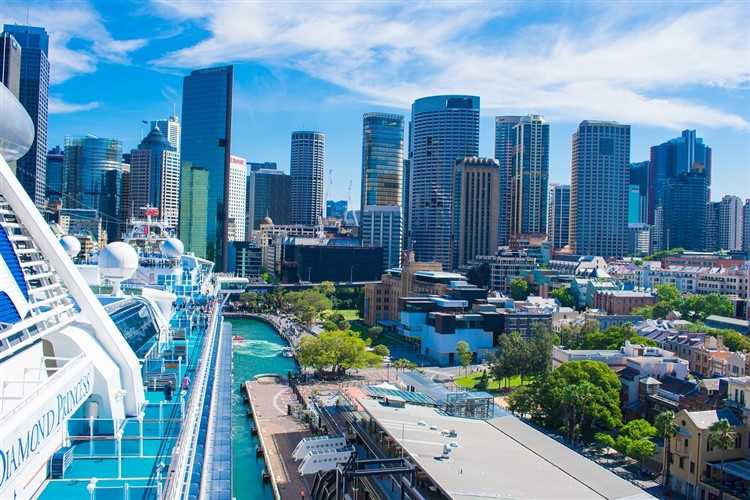
House price growth in Australia has slowed significantly in recent months—a softening that coincides with the Australian Prudential Regulation Authority’s (APRA) latest restrictions on interest-only mortgage lending.
According to CoreLogic’s March Hedonic Home Value Index, prices across Australia’s capitals fell for a fifth consecutive month in average weighted terms, leaving the increase from a year earlier at just 0.8%, well below the recent cyclical peak of 11.4% in May 2017.
Shane Oliver, chief economist at AMP Capital, said the recent national slowdown—coupled with weaker clearance rates at auction and the moderation in housing financing to investors—points to a distinct shift in buyer mentality, particularly in Sydney and Melbourne.
“FOMO, or fear of missing out, looks dead for now,” Oliver said. “The combination of reduced lending to investors and interest-only borrowers following pressure on the banks last year from APRA to tighten lending standards along with tougher restrictions on foreign buyers, rising supply and more realistic price expectations by buyers are all clearly working to slow the previously booming Sydney and Melbourne residential property markets.”
Oliver added that the tightened regulatory restrictions were having a more sustained impact on the housing market compared to the initial restrictions introduced in late 2014.
“Auction clearances rates so far this year have seen none of the rebound that they saw in early 2016 after the initial APRA tightening,” he said.
“Our assessment is that a further tightening in lending standards as banks get tougher on borrower income and living expense levels, along with the ongoing rise in supply and more realistic capital growth expectations by home buyers, will see Sydney and Melbourne property prices fall another 5% or so this year.”
Shane added that the recent price declines are unlikely to signal the beginning of a house price crash.
“With population growth remaining strong, a property crash remains unlikely in the absence of much higher interest rates, much higher unemployment or a continuing surge in supply,” he said.
Collections: Mortgage News


Share